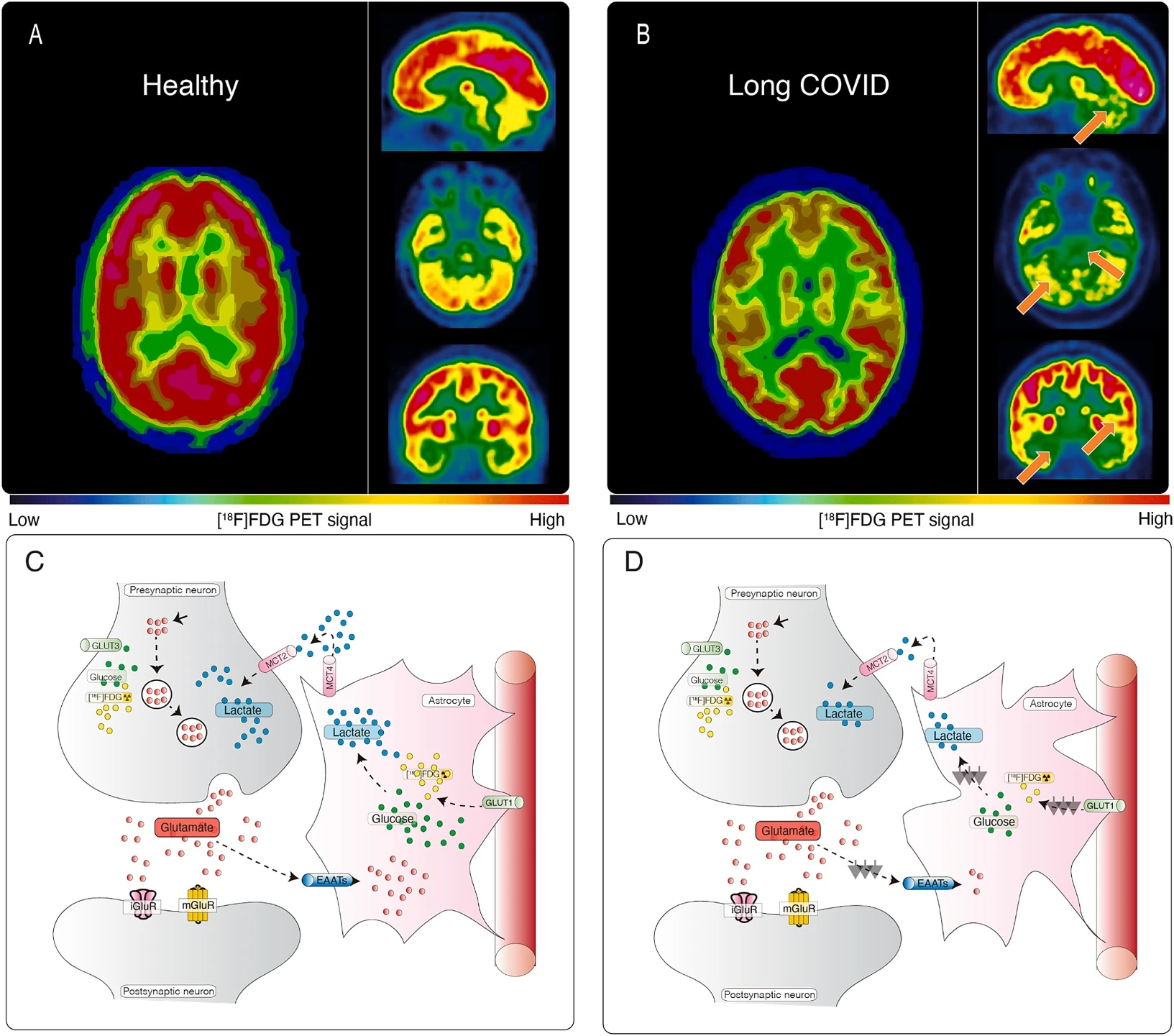Japanese researchers have identified increased brain receptor density as a key cause of cognitive impairment in Long COVID patients, offering new paths for diagnosis and treatment.

October 7, 2025

Source:
Nature
A Biological Cause for Brain Fog is Found
Scientists in Japan have discovered a definitive biological cause for the "brain fog" experienced by many Long COVID patients, according to a study published in Brain Communications. The research provides the first molecular evidence linking the debilitating cognitive symptom to measurable changes in the brain.
The groundbreaking study reveals that patients with Long COVID brain fog have a widespread increase in AMPA receptor density in their brains. These receptors are critical for memory and learning.
This discovery validates the condition as a legitimate, diagnosable medical issue, ending the uncertainty faced by millions. "This is a significant step forward," said lead researcher Prof. Takuya Takahashi of Yokohama City University. It offers a clear target for both diagnosis and future treatments.
Keep up with the story. Subscribe to the PR+ free daily newsletter

Source:
The Lancet
Advanced Imaging Reveals Brain Changes
A Novel PET Scan Technique
To uncover the mystery, the research team employed a novel Positron Emission Tomography (PET) imaging technique. They used a specialized radiotracer, [11C]K-2, designed to bind specifically to AMPA receptors.
This allowed them to visualize and quantify the density of these receptors in the brains of 30 Long COVID patients and compare them to 80 healthy individuals.
What Are AMPA Receptors?
AMPA receptors are proteins on the surface of neurons that are fundamental to synaptic plasticity—the brain's ability to strengthen or weaken connections. As explained by the National Institute of Neurological Disorders and Stroke (NINDS), this process is essential for forming memories and learning new information. An abnormal density can disrupt these critical cognitive functions.
Clear Correlation Found
The study's results were conclusive:
Long COVID patients showed a notable and widespread increase in AMPA receptor density.
The severity of this increase directly correlated with the severity of patients' cognitive impairment.
Higher receptor levels were also linked to markers of inflammation in the body.
Read More

Source:
AuntMinnie
Share this news:




















